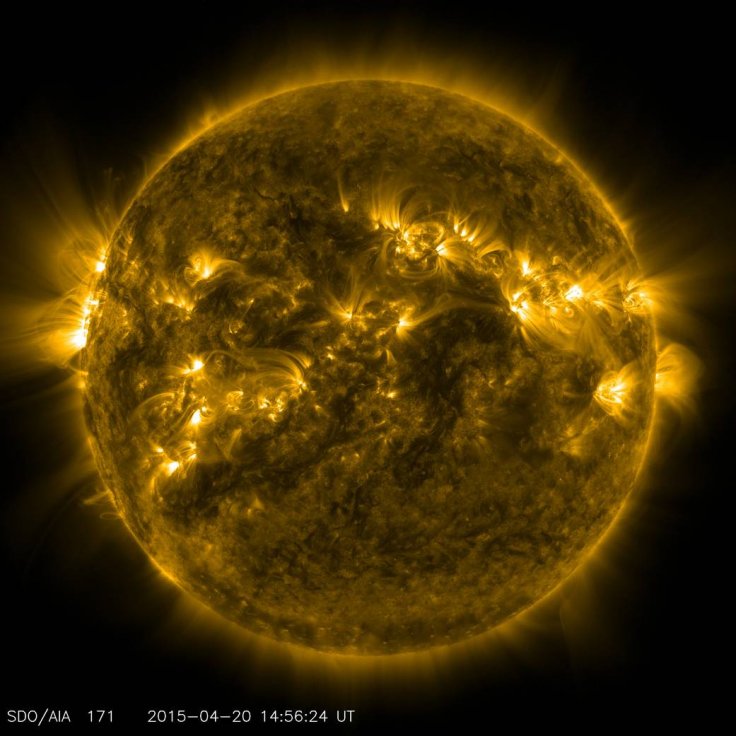Sunspot region 3089 is capable of triggering a powerful geomagnetic storm in the Earth's atmosphere. This massive sunspot has been developing on the Earth-facing side of the Sun. It has the potential to launch powerful solar flares that can cause widespread disruption.
SpaceWeatherLive, a platform that tracks real-time auroral and solar activity, revealed in its latest report that the sunspot region has quieted down considerably.
However, it has a magnetic delta structure meaning that it has the potential to release an X-class flare. The X-class flare is the biggest type of flare and is rare. It can produce as much energy as a billion hydrogen bombs, says NASA.

The US space agency warned that such flares, if directed at Earth, and associated coronal mass ejections (CMEs) can create long lasting radiation storms that can harm satellites, communications systems and even ground-based technologies, and power grids. It highlighted that X-class flares on December 5 and 6 of 2006 triggers a CME that interfered with GPS signals being sent to ground-based receivers. NASA believes many satellites and spacecraft can be protected from the worst effects.
According to National Oceanic and Atmospheric Administration (NOAA), the current probability that Sunspot region 3089 will produce an X-class flare is 5%.
SpaceWeatherLive report said the position of the sunspot means that its absolutely something to keep an eye on in the days ahead. It said there are high chances that it will have an earth-directed component if the group producing a strong solar flare creates a coronal mass ejection. And if it reaches Earth, a geomagnetic storm could cause damage to satellites and telecommunication infrastructure. Dr Mike Hapgood, chair of the Space Environment Impacts Expert Group, believes such an event could wreck havoc with GPS systems, while Sangeetha Abdu Jyothi from the University of California warned that a once-in-a-century solar storm could result in an internet apocalypse.
Meanwhile, the sun is heading towards the peak of its 11-year solar cycle meaning there could be more solar flare activity over the next few years.









